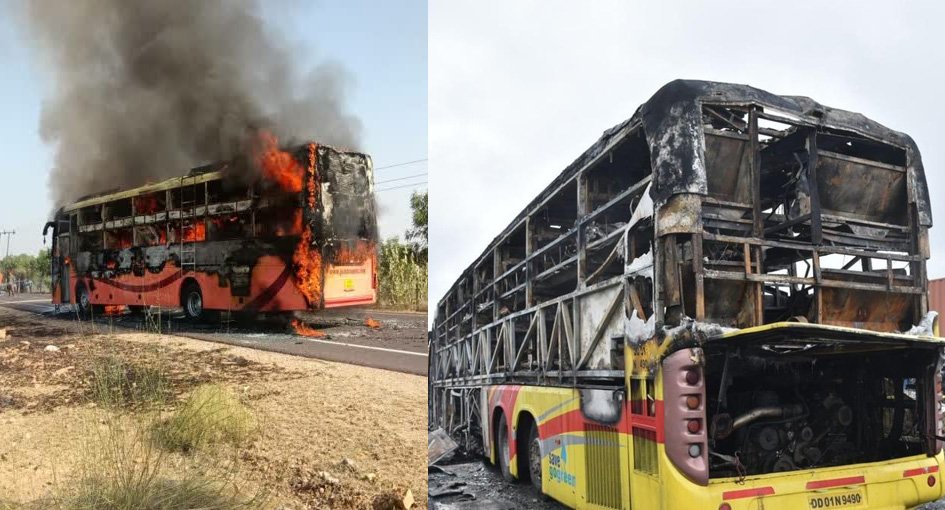Inside India’s Sleeper Bus Tragedies: A Growing Safety Crisis

India’s vast network of sleeper buses—long-distance vehicles fitted with bunk beds—has become a lifeline for millions seeking affordable overnight travel. Yet, behind this convenience lies a deep-rooted safety crisis. Over the past few years, a series of horrific accidents and deadly fires have exposed glaring lapses in vehicle design, regulation, and emergency response. Survivors’ accounts and official data indicate a transport system where comfort has often come at the expense of safety.
Rise in Deadly Fire Accidents
Sleeper buses have become increasingly prone to catastrophic fires, particularly during collisions or mechanical failures that trap passengers in enclosed compartments. Survivors like Kushwaha recall the chaos and panic of escaping through flames in pitch darkness—moments that highlight the grim reality of these journeys. The sleeping cabins, meant for rest, turn into death traps when accidents strike.
Illegal Conversions and Unsafe Design
Many sleeper buses on Indian roads are modified illegally, converted from regular seating coaches without proper design approval. These unregulated alterations result in cramped interiors, narrow aisles, and obstructed exits. The use of flammable materials for bedding and paneling further amplifies fire risks. Poorly maintained electrical systems—often patched together by unqualified mechanics—are another leading cause of short circuits and onboard fires.
Maintenance standards remain lax as operators cut corners to maximize profit margins. Even basic safety gear like fire extinguishers, smoke detectors, and hammers to break windows are often missing or non-functional.
Regulation, Corruption, and Weak Enforcement
Though transport laws mandate strict fitness checks, enforcement remains inconsistent. Regional Transport Offices (RTOs) have been accused of issuing safety certificates without proper inspections, often in exchange for bribes. As a result, unfit and unsafe buses continue to operate freely across state borders. Experts warn that systemic corruption within inspection systems undermines even well-intentioned government reforms.
Emergency Response Gaps
In most sleeper bus accidents, passengers have little time or means to escape. Many survivors describe breaking windows or kicking through panels to get out. Rescue efforts are often delayed by poor coordination and the remote locations of such accidents. Fire and medical response times remain a critical weakness, frequently resulting in higher casualties.
Survivors’ Pain and the Human Toll
The tragedies leave behind more than numbers—families grieving loved ones lost in preventable accidents and survivors battling lifelong scars. Burn victims often face inadequate rehabilitation, financial hardship, and lasting psychological trauma. Kushwaha and others like him continue to live with vivid memories of horror and loss.
Push for Policy and Structural Reforms
The government has begun acknowledging the crisis, proposing a range of measures to improve bus safety. These include new vehicle design standards, fire-retardant interiors, clearly marked emergency exits, mandatory safety training for staff, and real-time digital tracking for compliance. However, experts stress that meaningful change will only come through strict enforcement and accountability at every level.
Public awareness campaigns are equally vital—educating passengers about safety practices, emergency procedures, and their rights as travelers.
Toward Safer Roads
India’s sleeper bus sector stands at a crossroads. Without systemic reform—addressing corruption, enforcing standards, and prioritizing passenger safety—the tragedies will continue. The road to safer travel demands not just new policies but a cultural shift in how transport safety is viewed.
Until then, each new tragedy serves as a grim reminder of the price paid for neglect—a hazard on wheels that must be fixed before more lives are lost.
